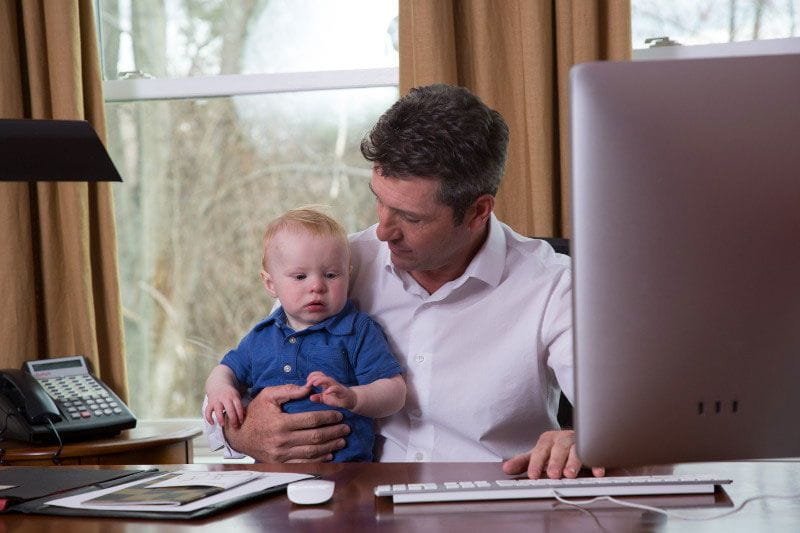The following post was written by Jessica Hoylo, Director, Client Relations at Bright Horizons.
I grew up in a very sports-oriented family and some of my favorite childhood memories involve professional sports games. I'd watch the game itself, but like a typical child I spent much of the game distracted by all the sideline activity. One character who always caught my attention was a stadium vendor, otherwise known as "Swanny the Beer Man." Swanny was an older gentleman with a raspy voice and a larger-than-life personality who strolled up and down the steps yelling, "Get your popcorn, peanuts, beer!" He soon became a local celebrity. He worked multiple sporting venues and even had his own baseball card that he handed out to lucky attendees (yes, I got one). Swanny's title was "vendor," but in reality he was so much more. He brought humanity to the vendor job you could tell he genuinely had fun, liked the work he was doing, and loved interacting with people.
I grew up in a very sports-oriented family and some of my favorite childhood memories involve professional sports games. I'd watch the game itself, but like a typical child I spent much of the game distracted by all the sideline activity. One character who always caught my attention was a stadium vendor, otherwise known as "Swanny the Beer Man." Swanny was an older gentleman with a raspy voice and a larger-than-life personality who strolled up and down the steps yelling, "Get your popcorn, peanuts, beer!" He soon became a local celebrity. He worked multiple sporting venues and even had his own baseball card that he handed out to lucky attendees (yes, I got one). Swanny's title was "vendor," but in reality he was so much more. He brought humanity to the vendor job you could tell he genuinely had fun, liked the work he was doing, and loved interacting with people.





